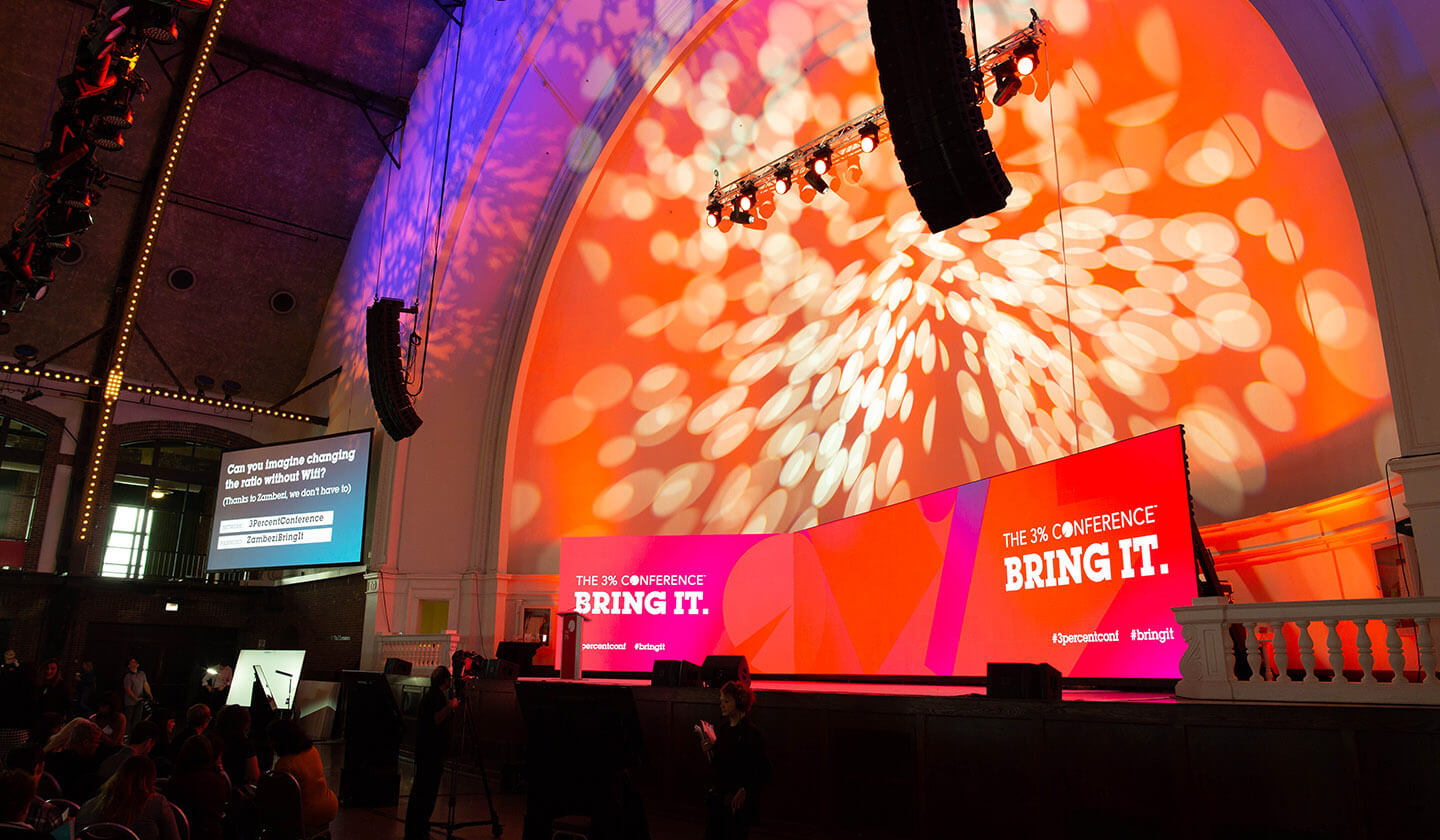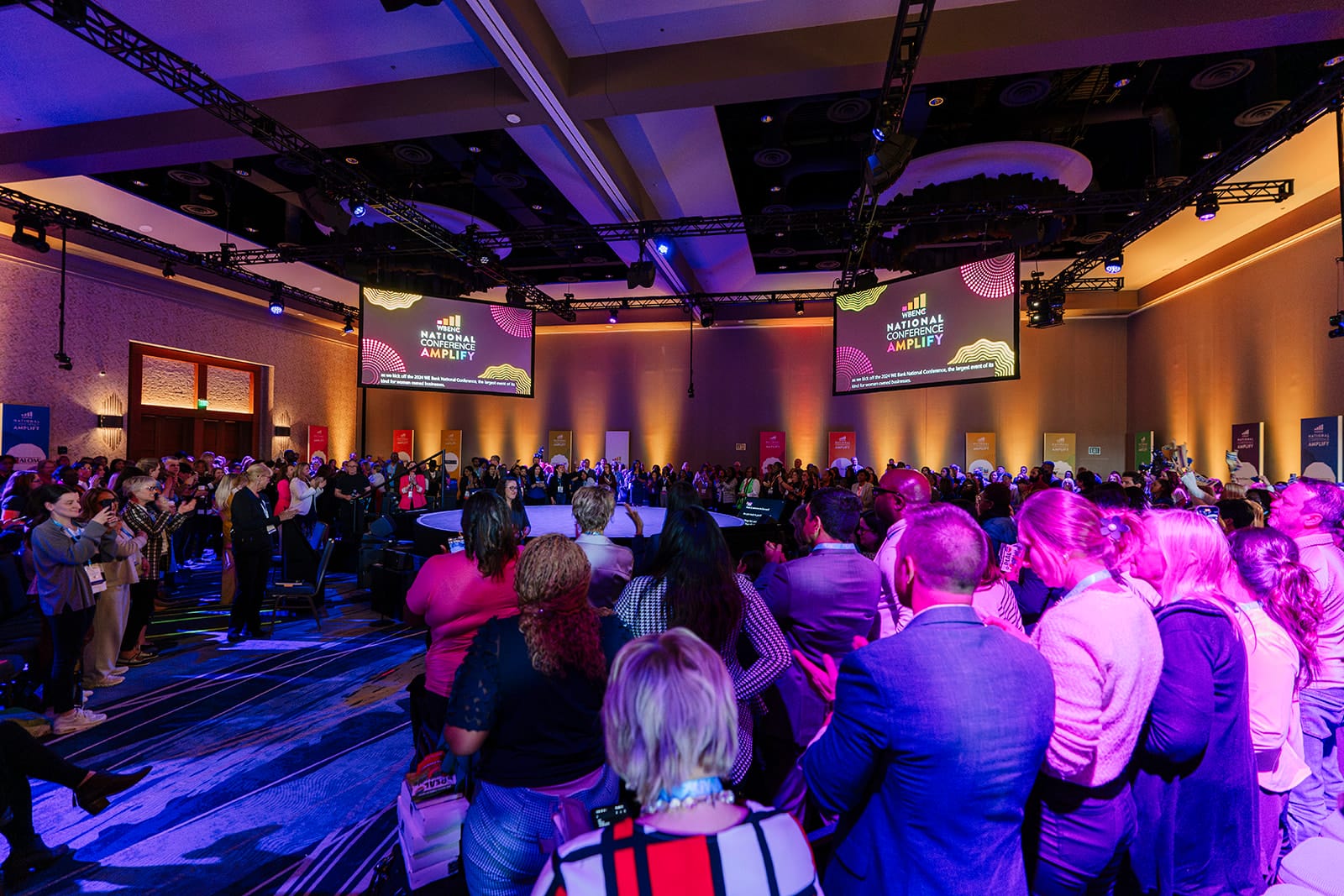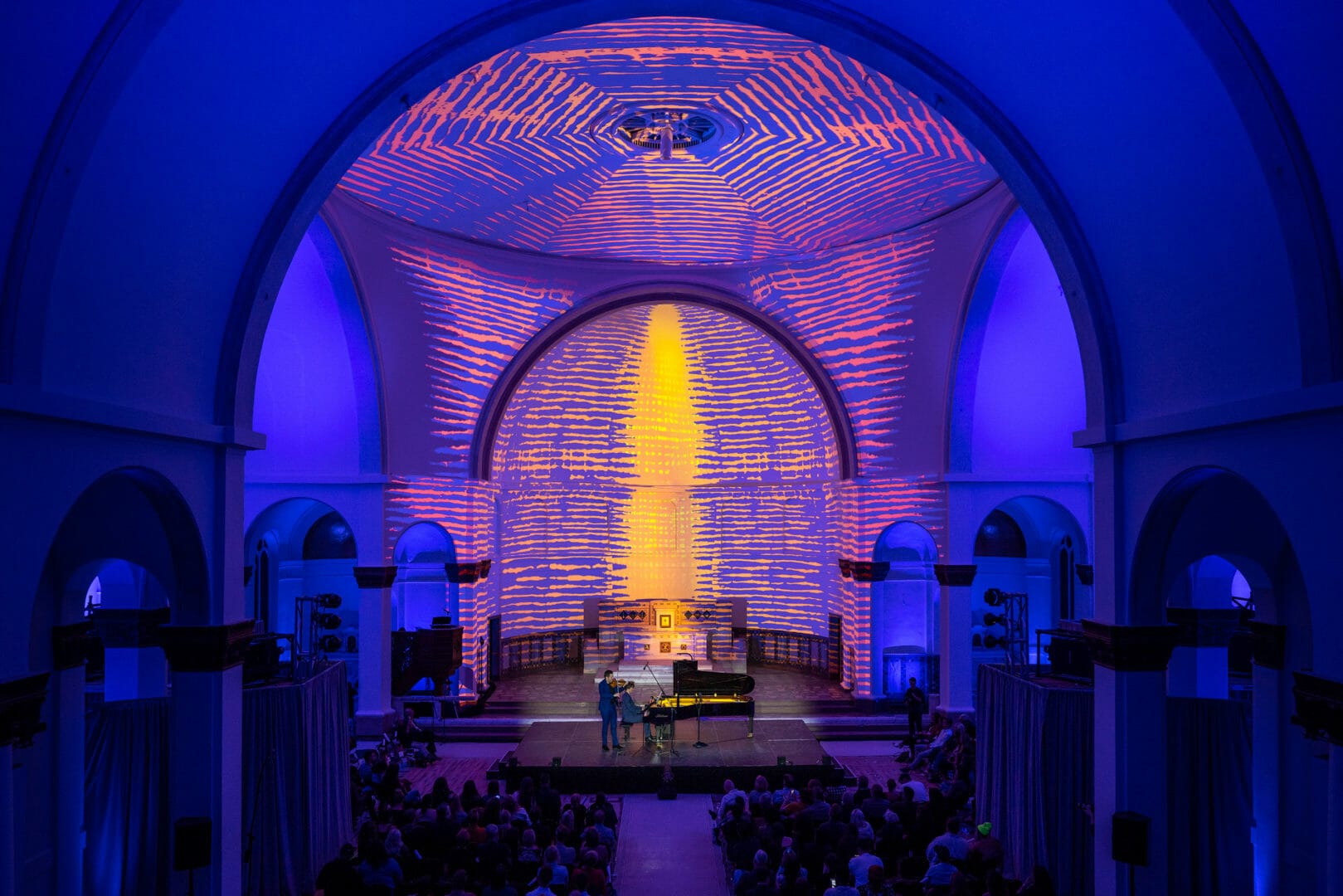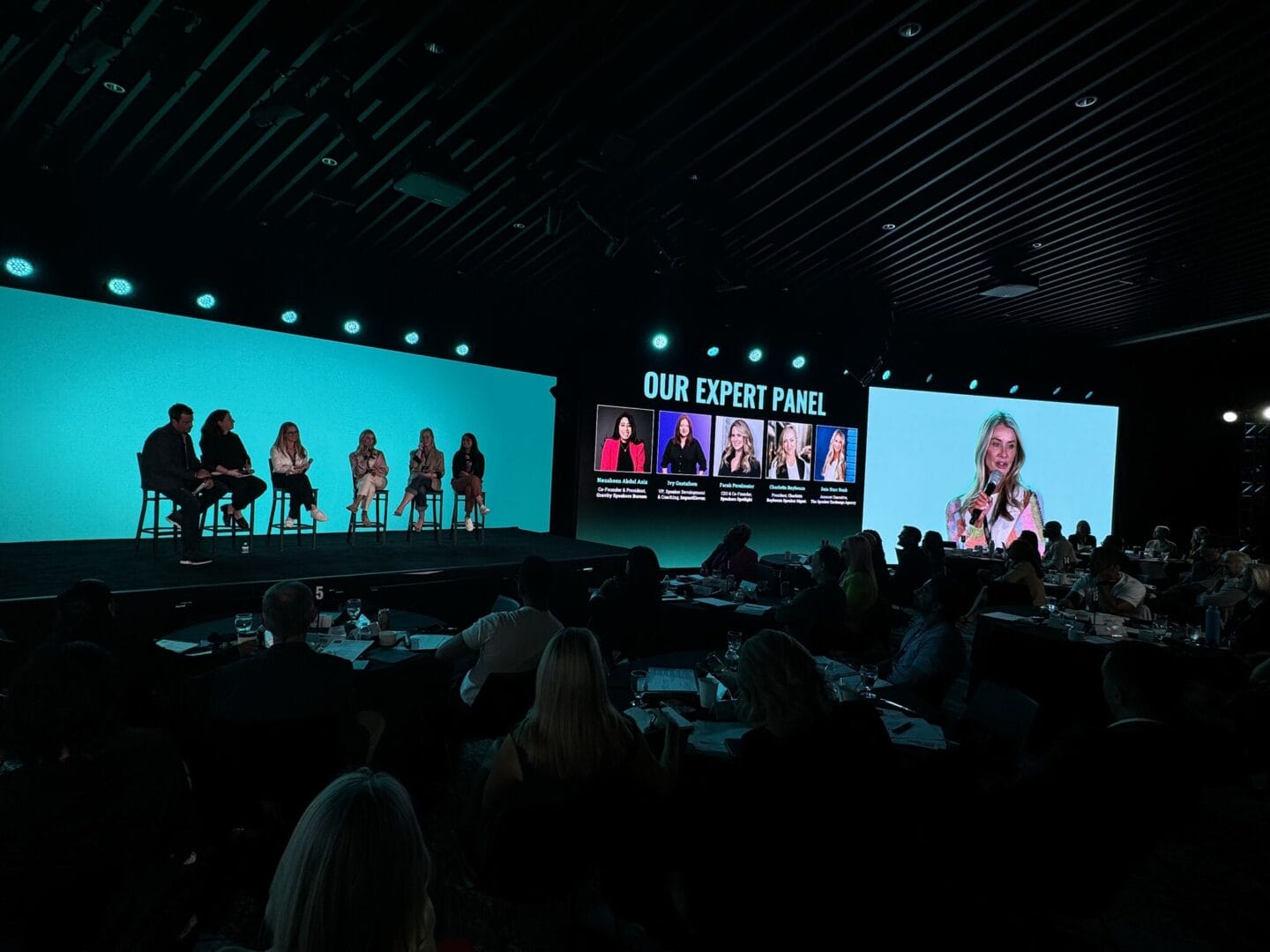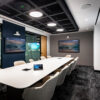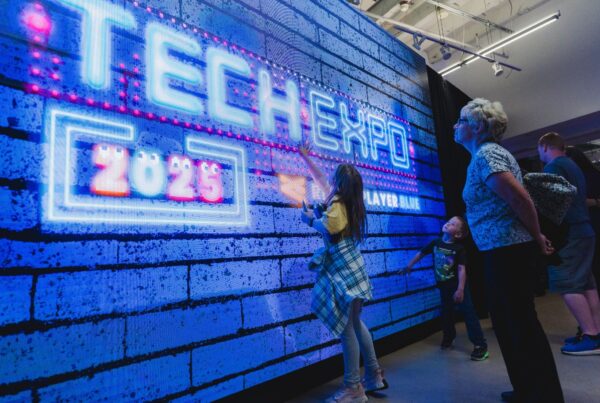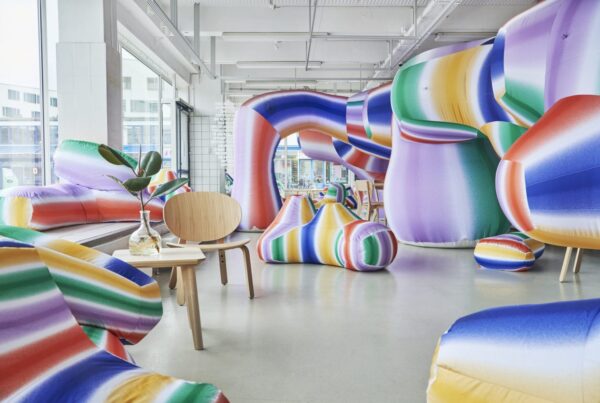In the world of live events, a well-designed stage is more than just a platform—it’s the centerpiece of your production, the visual representation of your brand, and the key to capturing your audience’s attention. In this blog, we’ll dive into some innovative stage design concepts that will help your event stand out and leave a lasting impression.
1. Theater-in-the-Round
For a more engaging and intimate experience, consider a theater-in-the-round stage design. By placing the stage in the center of the venue, surrounded by the audience, you create a 360-degree experience that fosters connection. This setup works particularly well for performances, discussions, or keynote presentations, ensuring no one feels too far from the action.
2. Multi-Level Stages
Add depth and drama to your stage with a multi-level design. Elevated platforms, ramps, and layered elements not only create visual interest but also allow performers or speakers to use the space dynamically. For example, a speaker could transition from one level to another to signify a shift in topic or tone, making the presentation more engaging.
3. Interactive Technology
Bring your stage to life with interactive elements. Motion sensors, touchscreens, and audience-triggered effects can create real-time engagement. Imagine a gaming event where player actions trigger on-screen visuals or a corporate presentation where audience votes change the content displayed on LED screens.
4. LED Wall Backdrops
LED walls are a game-changer for modern stage designs. They offer a flexible, high-resolution canvas for displaying anything from branded visuals to real-time audience interactions. For product launches, LED walls can showcase stunning 3D renderings, while at concerts, they can sync with lighting and music to create a fully immersive environment.
5. Projection Mapping
Projection mapping allows you to transform your stage into a dynamic, ever-changing surface. Whether it’s animating the floor with reactive visuals, creating 3D illusions on geometric stage elements, or projecting a timeline of achievements for a corporate event, this technology ensures your audience stays engaged.
6. Surround Sound Experiences
Audio plays a critical role in any stage design. Go beyond traditional stereo sound with surround sound systems that immerse the audience. For instance, during a product launch, use directional sound to guide the audience’s focus, or for a live performance, make them feel like they’re at the center of the action.
7. Dynamic Lighting Design
Lighting is one of the most versatile tools in stage design. Incorporating intelligent, programmable lighting systems allows you to create different moods throughout your event. Pair moving lights with synchronized video content or use lasers to highlight dramatic moments. A light show combined with fog effects can add a theatrical touch to your production.
8. Multi-Screen Configurations
Why limit yourself to one screen when you can have multiple? Multi-screen setups allow for creative content distribution and audience engagement. Use vertical LED screens for social media feeds, curved screens to envelop the audience, or smaller satellite displays to provide close-ups and additional context.
Conclusion
AV technology is the cornerstone of modern stage design, turning creative concepts into unforgettable experiences. From immersive LED walls to interactive floors and projection mapping, these innovative approaches ensure your event will stand out and resonate with attendees.
At Bluewater, we specialize in blending creativity with cutting-edge AV solutions to design stages that captivate audiences and elevate events. Ready to make your next event truly extraordinary? Contact us today to start designing a stage that inspires, engages, and amazes.


